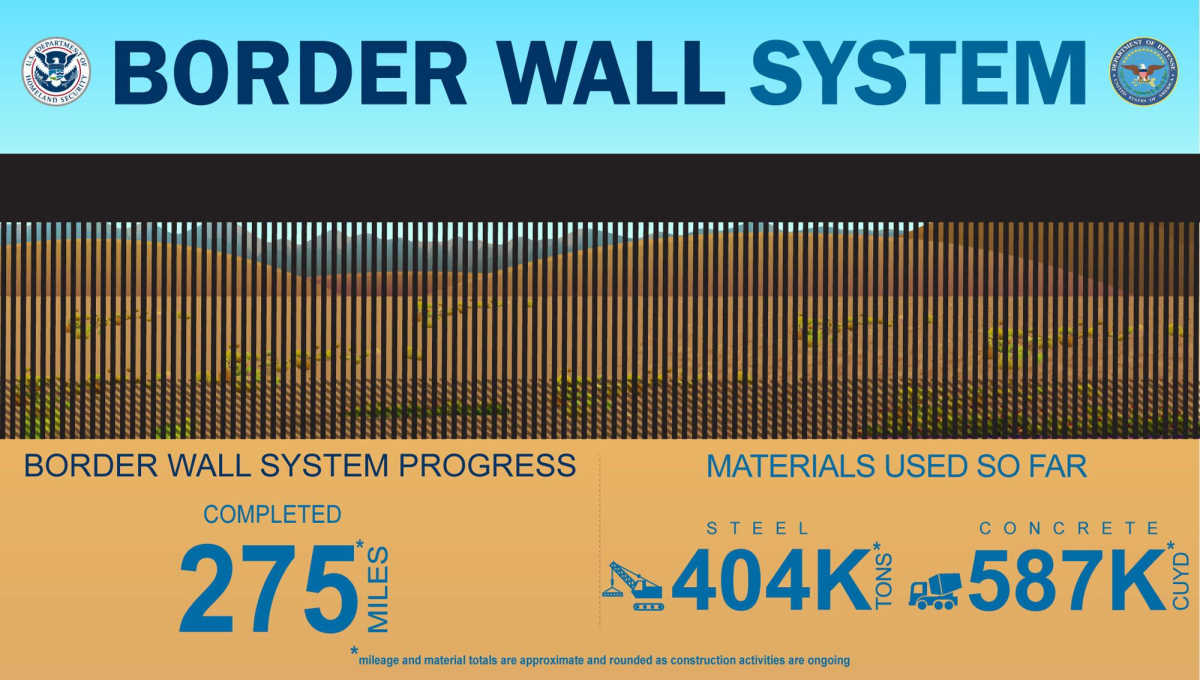Tag: Waste – Fraud – Abuse
-
Why DOGE is Struggling to Find Fraud in Social Security
Despite high-profile claims by Elon Musk and the Trump administration, investigations have found minimal evidence of widespread fraud in the Social Security Administration, raising questions about the validity and impact of aggressive cost-cutting efforts by DOGE.
-

Border wall procedures criticized
A government watchdog says the procedures for acquiring the southern border wall are inadequate, and the ability to maintain complete operational control is diminished.